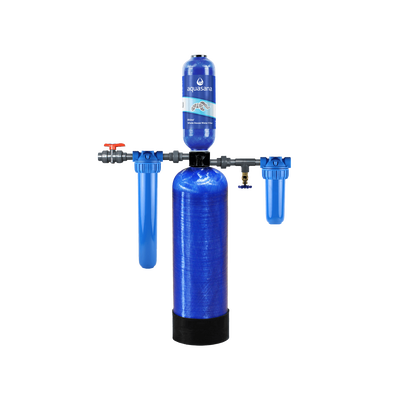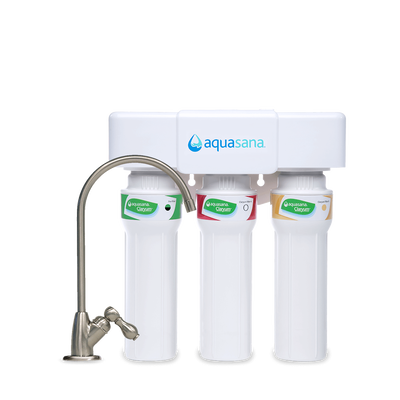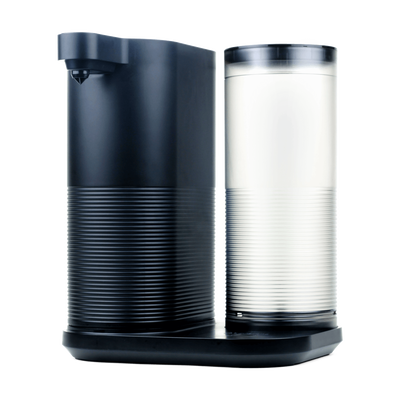At the end of the day, we highly recommend getting a professional to handle redoing the plumbing and electrical, no matter which room it’s getting an upgrade in. The biggest reason for this is that a lot of appliances and systems have built-in warranties that require that you get a professional to handle the situation on your behalf. So if you want to not accidentally void your warranty, this piece is a big deal.
Also, it’s best not to assume that everything can be a DIY job. Fewer disasters — particularly as it pertains to such technical and potentially painful tasks like plumbing and electrical — will also ultimately save you money down the road. Obviously, demolition of the existing kitchen comes first, and you’ll have to do at least some degree of this, even if all you’re doing is taking out a fake red brick linoleum floor and replacing some questionable bicentennial wallpaper from the 1970s.
Step 5: Installation system
Now that your space is stripped, you may feel anxious to install that unbelievable espresso machine, but hold those horses! Not quite yet. Now it might seem obvious, but let’s say it anyway: start with the bottom layers. The bones: drywall, flooring (if you’re choosing to change it) go in first. If you’d rather save yourself the contractor costs, both can be done DIY without headache, and in a way that can save a significant amount in the long run.
Next you’d think would come cabinets, but here’s another trick: paint the walls before installing the cabinets. For one, it’ll be easier to access the walls without having to tape all around your new millwork, but painting first will also spare your beautiful new cabinets from getting paint on them. Once you do start installing new cabinets, it’s worth having the contractor do it or at least roping in a friend or two to help, as it’s a multi-person job. If you want to save cash, consider keeping the cabinetry you have and updating them with a new paint color and — what will make a big difference — new hardware.
Certainly, not every item needs to be purchased new, either. Perhaps that ugly vanity can be upgraded with a new paint job and new hardware or replaced with an antique cabinet. Try buying a vintage or antique mirror for the vanity. Estate sales are full of them, and they look so much more interesting than the standard “builder grade” medicine cabinet mirrors — if it has a frame, even better!
Of course, regardless of what your cabinetry looks like on the outside, the inside should provide maximum storage that’s easily accessible. Installing pull-out shelves or double sliding shelves in those tough to reach corner cabinets so you’re getting maximum bang for minimal hassle.
Step 6: Healthy water in every room
One thing many new homeowners don’t spend much time considering in a remodel is the quality of their water. The best time to consider this is after the cabinets and appliances are installed.
If there’s chlorine in your water (and that’s highly likely as municipal treatment systems add it to water to disinfect it), it can turn to chloroform in steam. If there are lead pipes in your house that you can’t replace, that’s reason enough to consider a system that removes lead and other potentially harmful contaminants. Filtration is an upgrade that you can’t see, but it can make a difference in your entire home from the brightness of your laundry to the taste of your food — not to mention saving you and your family from drinking and bathing in harmful water contaminants. Aquasana offers both countertop and under sink water filtering, as well as a shower filter that’ll remove 97 percent of the chlorine from your water, and whole home systems cover your entire house from the outset, so you don’t even have to think twice as you turn on the faucet.




